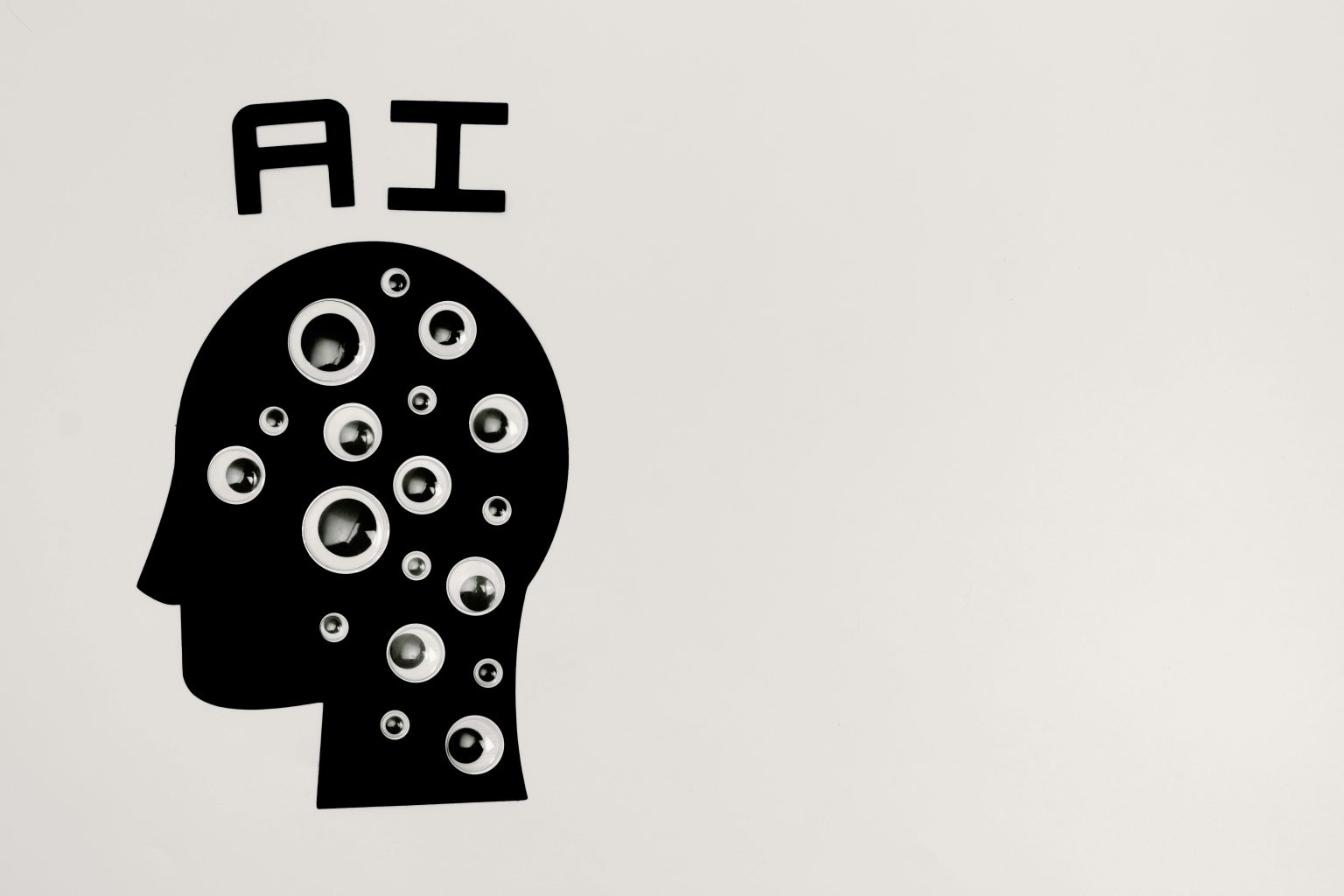In today’s digital world, customers expect companies to know them well—without asking for the same information over and over again. But the reality is, customer data often lives in many places: different systems, databases, and even departments. The same person might be listed under multiple names or email addresses, creating confusion and missed opportunities.
That’s where AI-powered entity resolution comes in. It’s a technology that can identify and connect all the scattered records that refer to the same person, giving businesses a clear and accurate view of each customer. And when companies get this right, it transforms the entire customer experience.
Understanding AI-Powered Entity Resolution
At its core, customer entity resolution is about figuring out when two pieces of information actually belong to the same person, household, or business. For example, “Jon Smith” with a Gmail account might be the same as “Jonathan Smith” with a work email—AI can analyze patterns in the data and determine they’re one and the same. Customer entity resolution powered by AI does this far more accurately and quickly than manual methods.
Instead of relying on simple exact matches, AI uses machine learning models to recognize similarities, even when details don’t perfectly align. This means it can handle typos, nicknames, outdated contact info, or even changes in addresses. Over time, the AI “learns” from past decisions and becomes better at matching records, which is crucial in industries where data changes constantly.
Breaking Down Data Silos for a Unified View
One of the biggest frustrations for customers is having to repeat themselves—whether it’s explaining an issue to multiple representatives or re-entering details on different platforms. This usually happens because their data isn’t connected. Sales might have one set of information, customer support another, and marketing something entirely different.
AI-powered entity resolution breaks down these silos by linking all customer records into a single, unified profile. Imagine a retailer where your purchase history, online browsing behavior, and loyalty program information are all combined. That unified view means the company can offer relevant suggestions, anticipate needs, and handle issues faster—without making you start from scratch each time you interact.
Creating Truly Personalized Experiences
Personalization has moved beyond just inserting a first name into an email. Today, it’s about delivering the right message, product, or service at the right time. But to do that effectively, businesses need a full picture of who their customers are.
With AI-powered entity resolution, companies can see more than just recent transactions—they can recognize patterns across all touchpoints. For example, if a streaming service connects a user’s multiple accounts, it can recommend content based on the person’s entire watch history rather than just one device. This depth of insight allows for experiences that feel custom-made, increasing engagement and loyalty.
Reducing Friction in Customer Interactions
Friction happens when something gets in the way of a smooth customer experience—long verification processes, irrelevant offers, or repeated questions. While some friction is unavoidable for security reasons, much of it stems from disorganized or inaccurate data.
AI-powered entity resolution removes much of this hassle. When customer data is clean and connected, representatives can resolve issues faster because they already have the necessary context. Similarly, websites and apps can skip unnecessary steps because the system “knows” the customer, making interactions seamless. Over time, these small improvements add up, leading to higher satisfaction and fewer abandoned purchases.
Preparing Businesses for the Future of Customer Experience
Customer expectations aren’t standing still—they’re growing. People are used to the smooth experiences offered by major tech companies, and they now expect the same from every business they interact with. That means companies need tools that can handle the volume, speed, and complexity of modern customer data.
AI-powered entity resolution is future-ready because it can scale effortlessly. Whether a business is dealing with thousands or millions of records, the AI can keep up, continuously improving its accuracy. It’s also adaptable, which means it can integrate new types of data—such as information from connected devices or social platforms—without starting over from scratch.
Conclusion
AI-powered entity resolution isn’t just a behind-the-scenes data cleanup tool—it’s a customer experience game-changer. By connecting scattered records into a single, accurate profile, it allows businesses to break down silos, personalize at a deeper level, and remove friction from every interaction.
Ultimately, it’s about respect—respecting customers’ time, recognizing their history with your brand, and responding to them in a way that feels thoughtful and informed. In a marketplace where customer loyalty is fragile, that level of care can make all the difference.


